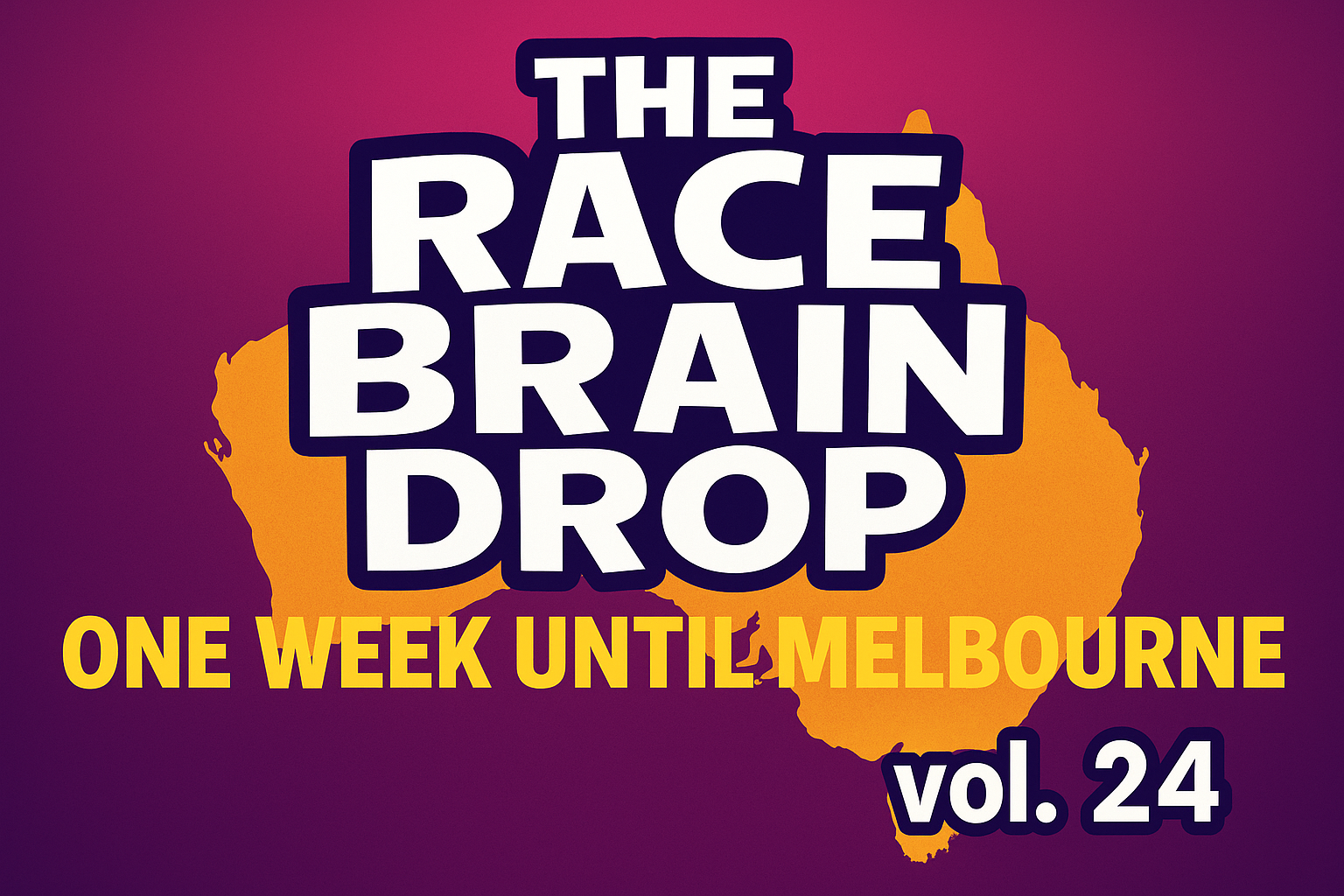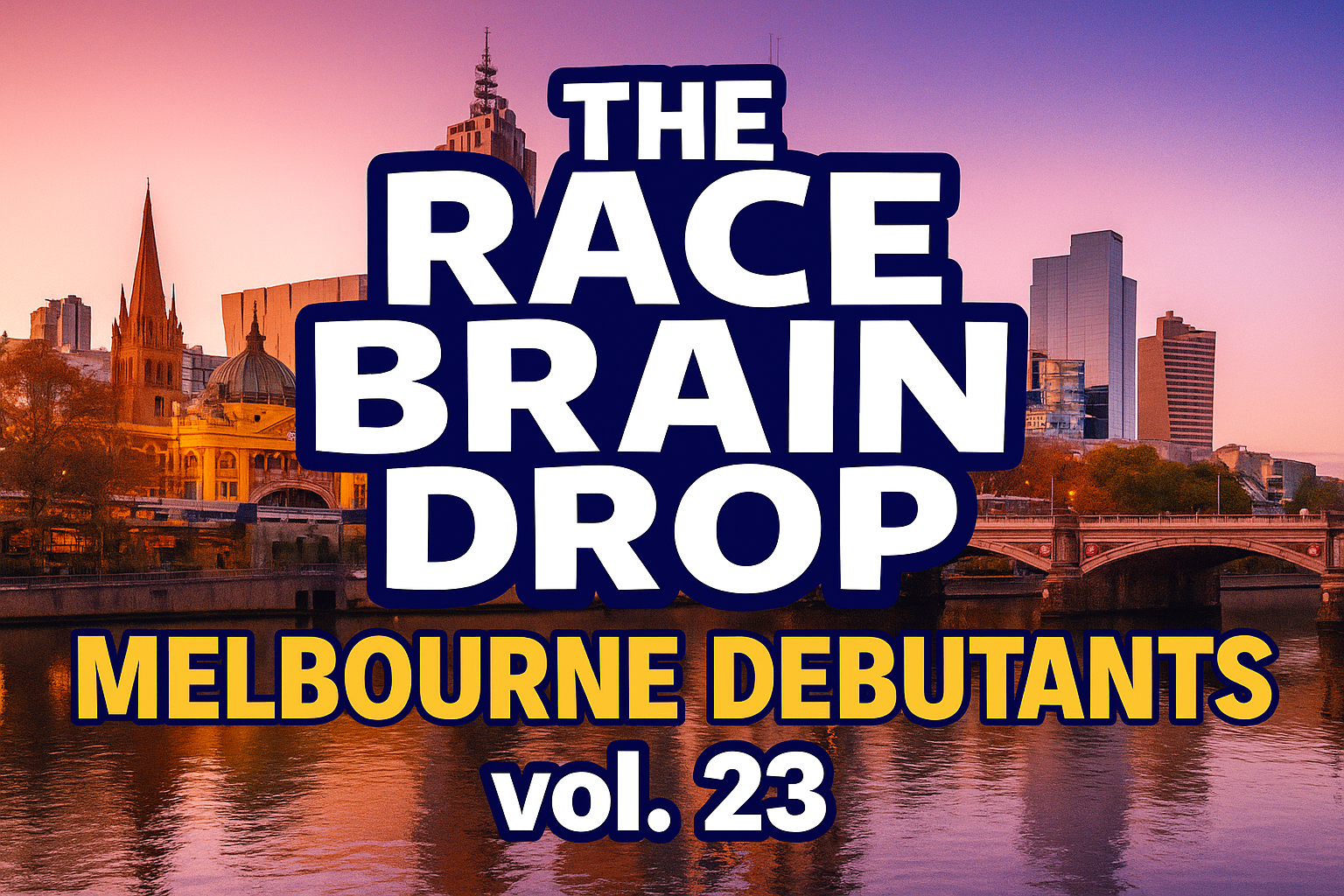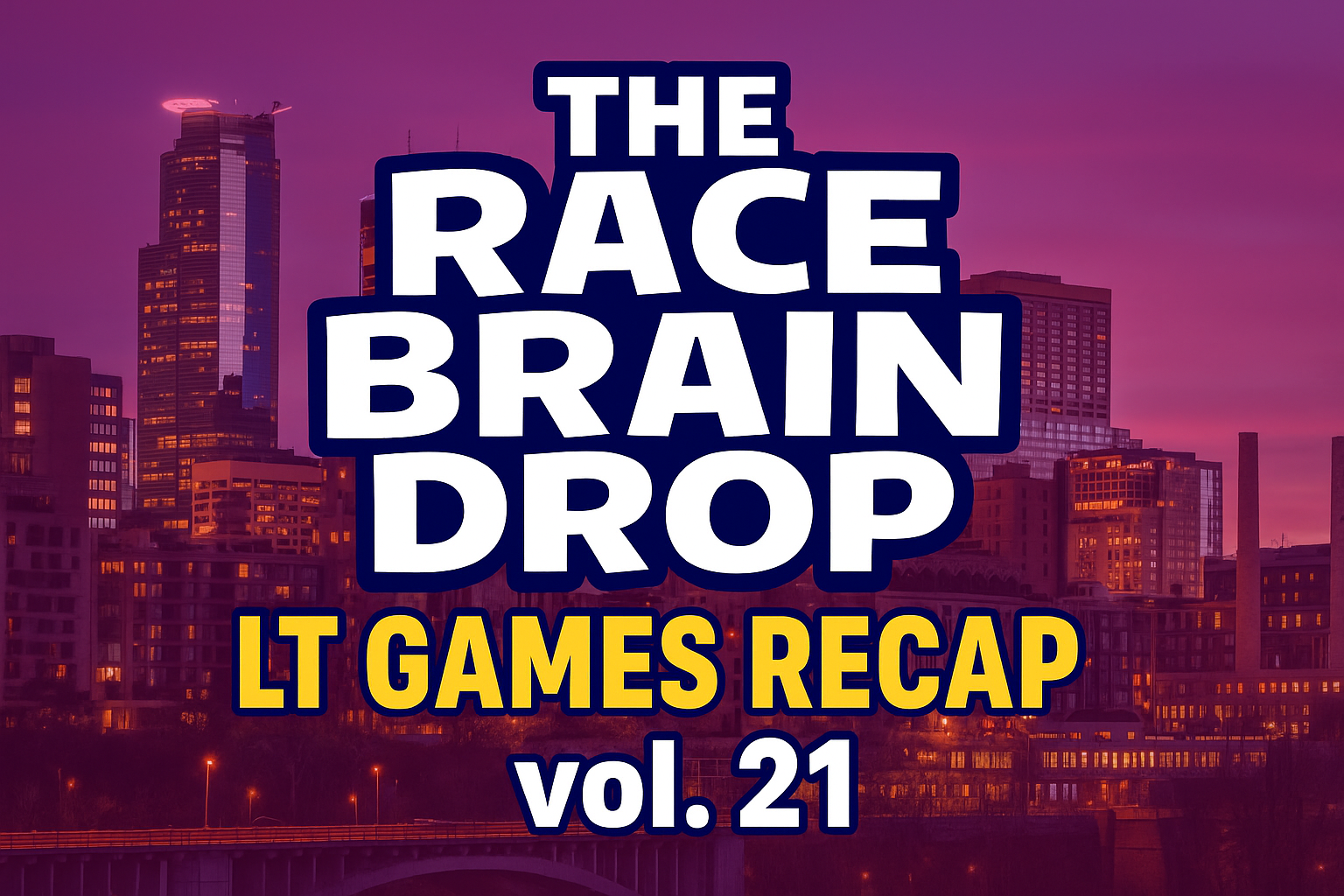The World Fitness Project (WFP) just launched its first event, and the functional fitness world is asking one question:
“Is this the thing that finally puts CrossFit in the rearview… or is it just CrossFit with a better PR team and shinier swag?”
Race Brian, the all-knowing, all-arguing hive mind of fitness fandom, went deep so you don't have to.
Let’s break it down.
Why the World Fitness Project Had to Happen
Let’s be honest:- “CrossFit” as a sport has lost the plot..
Years of inconsistent leadership, confusing programming, and athlete frustration have left even the most loyal fans wondering, “What are we doing here?” From opaque Games programming to bizarre athlete treatment, the brand that once led the charge for functional fitness has become the poster child for mismanagement.
Enter World Fitness Project—a new fitness competition series that aims to prioritize athletes, offer transparency, and take the “sport of fitness” seriously.
And leading the charge? None other than Will Moorad, a longtime CrossFit Games athlete who has seen the best and worst of the sport from inside the ropes.
What Is the World Fitness Project?
World Fitness Project is basically what happens when CrossFit athletes start asking for HR and benefits.
It’s a global tour (yes, global) that gives athletes actual structure, real contracts, and more clarity.
The 2025 tour includes:
- ✅ Indianapolis, Indiana
- ✅ Mesa, Arizona
- ✅ Finals in Copenhagen, Denmark
Oddly, there are no European qualifiers—just a European final. Strange? Yes. Better than no global presence like CrossFit? Also yes.
CrossFit vs. World Fitness Project: What's Different?
Let’s break it down.
| 🏋️♂️ Feature | 🤷♂️ CrossFit | 💡 World Fitness Project |
|---|---|---|
| Athlete Treatment | “Figure it out” | Signed, paid, respected |
| Programming Transparency | Unknown and unknowable | Workouts released ahead of time |
| Payout Structure | Winner-take-most | Spread across events + contracts |
| Global Reach | U.S.-centric | Multi-stop, includes Europe |
| Streaming | YouTube (usually) | WFP website (meh) |
| Fan Clarity | Vibes only | Better, but still foggy |
The Good: Athlete Treatment & Transparency
WFP may not have reinvented the wheel—but at least they polished the damn thing.
- Some athletes get signed contracts, and a guarantee they’ll actually be seen and paid.
- Programming is released in advance so athletes can train properly—something CrossFit refuses to do in the name of “unknown and unknowable.”
- Prize money is spread across events, not just dumped on the podium at one final.
- Letterman jackets (finally, functional fitness kids get to pretend they were varsity athletes)
This might not sound revolutionary… but in the CrossFit world? It is.
The Bad: Clunky Streaming & Confusing Presentation
The WFP live stream experience was… fine.
It was hosted on their website instead of YouTube, with clunky video players and confusing navigation (really it’s not that confusing, but it took more than 30 seconds to figure out). They uploaded misleading 5-second YouTube clips just to push traffic—smart SEO move, but annoying.
Coverage looked just like a CrossFit semifinal: camera hopping, unclear visuals, and commentators doing their best to keep us in the loop. Fine for now, but nothing new.
Race Brian will give them the benefit of the doubt because this was the first event.
📉 Key Fan Frustrations Still Exist:
- Leaderboards hard to follow
- No easy way to track event significance
- Event length = multiple days, hours of downtime
- No chapters or timeline to fast-forward replays
If WFP wants a different product this is where they need to innovate. Right now, it’s just a new label on the same old container.
Production Value: Almost There
The coverage looked familiar—lanes, reps, announcers we recognize from CrossFit events. So far, so good.
The leaderboard was… there. Sort of. It counted reps down instead of up. Innovative? I guess. Easier to follow? Not really.
The biggest thing missing:
Real-time visual representations with insight into the big picture.
Who’s winning the weekend? What does this workout mean for the standings?
We still have to wait 30 minutes after the final event to figure out who won the comp.
What About the Workouts?
The workouts still feel like CrossFit.
Rower? Check. Echo Bike? Yup. Gymnastics? Obviously.
It’s all here. And that’s okay.
But WFP made one huge improvement:
They released the workouts ahead of time.
That alone earns a standing ovation. CrossFit still loves the “unknown and unknowable” gimmick, which is cute until you realize it’s more of a game show than a sport.
Imagine if Game 7 of the NBA Finals started and they announced mid-quarter that the hoop was now 14 feet high. “If you can’t dunk on it, you’re not a real baller.” That’s what CrossFit still does.
WFP is trying to act like a real sport.
Final Verdict: Is World Fitness Project Cool?
Yes. It’s cool.
It’s got athlete swagger, good programming, and the best talent in the game not named Tia-Clair Toomey.
Is it different?
Not yet.
From a fan perspective, WFP hasn’t fixed the biggest issues with watching the “sport of fitness.”
But maybe that’s not the point. Maybe this isn’t about overhauling CrossFit—it’s about doing what it should have been doing all along.
If WFP keeps the athlete-first energy, streamlines the fan experience, and continues improving the product…
We may finally have a worthy successor to the CrossFit Games.
Race Brian is the all-knowing hive mind take machine of Hybrid Sports fandom
















Discussion